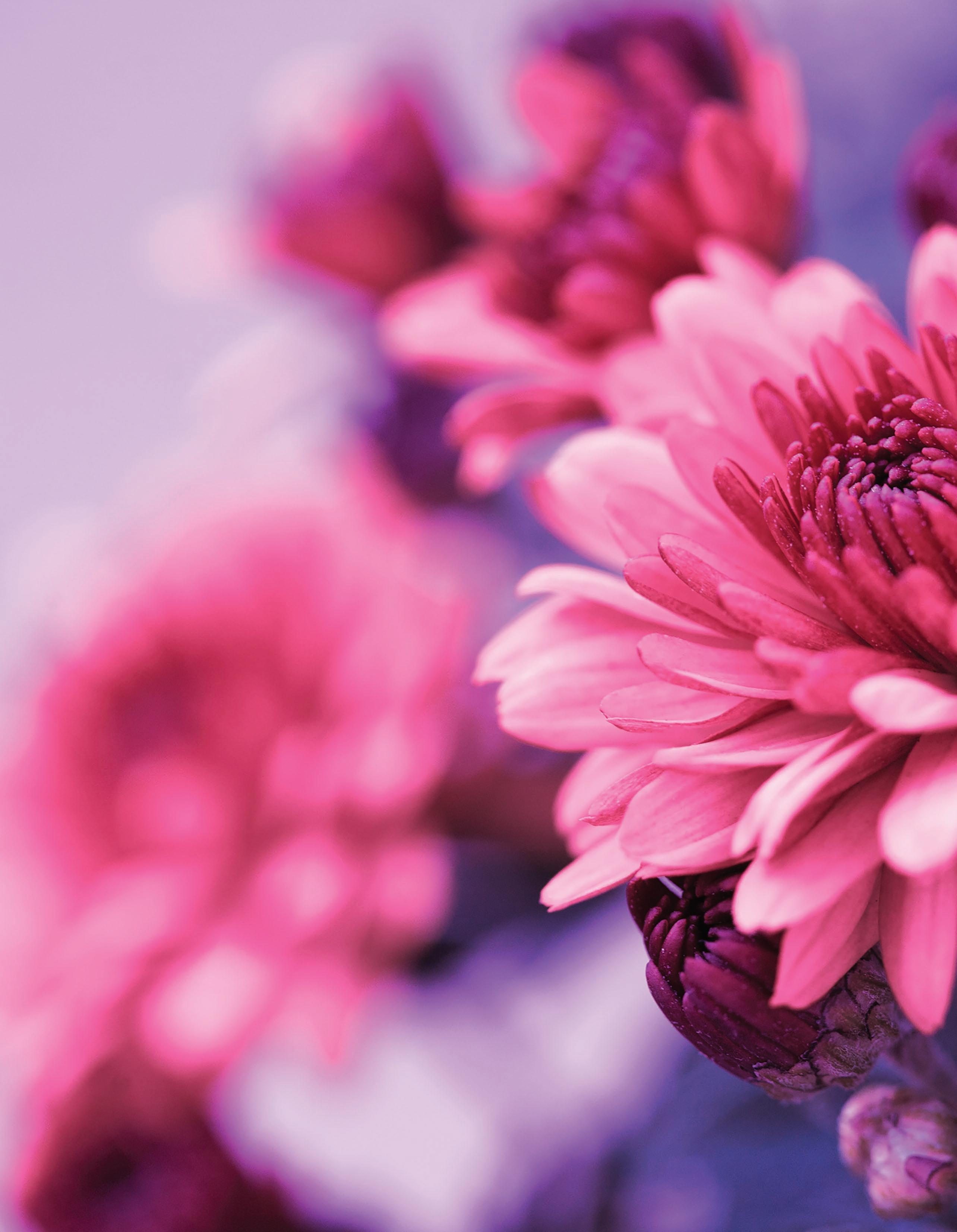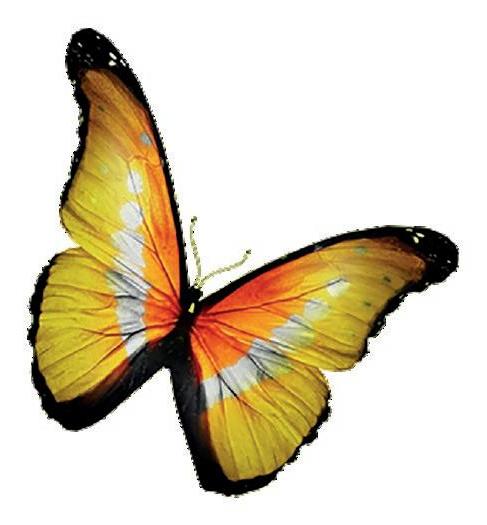
3 minute read
The Iris Garden
Iris -
The Gardener’s Friend
Advertisement
Sue Adams has lived in SW France for 15 years and founded the website French Properties Direct. She is busy creating her second French garden and wants it to be eye catching, filled with interest and productive regardless of the season. Here she talks about the Iris, the historic emblem of French royalty.


Iris Sharpshooter
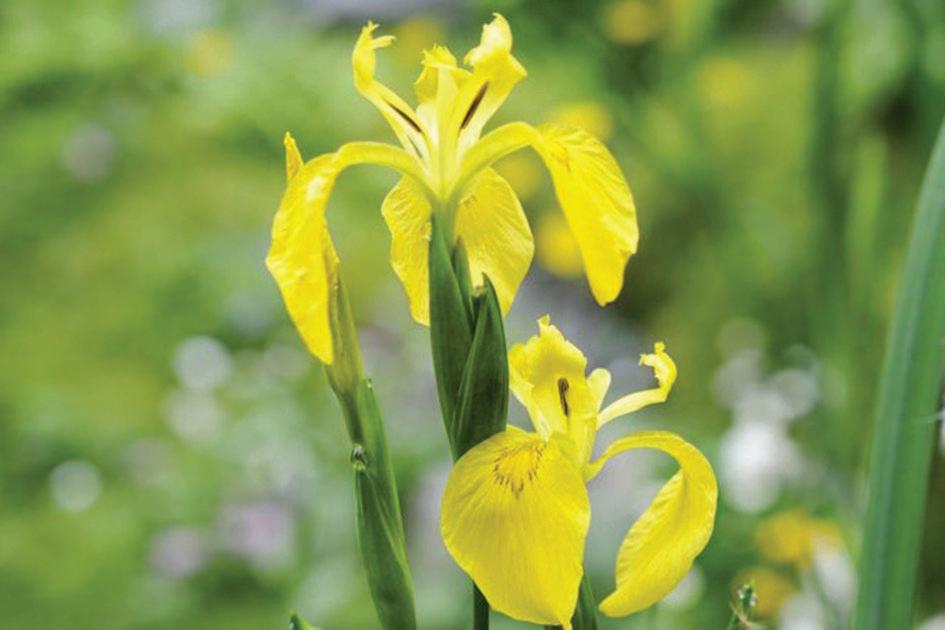
AN HISTORICAL PAST

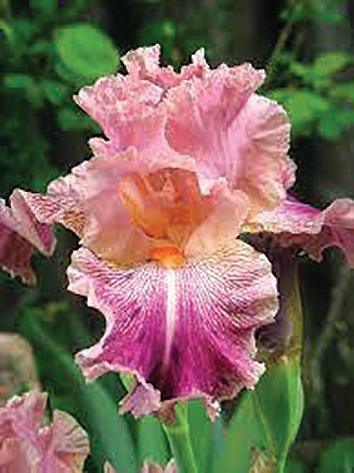
From the day that the French King Clovis I (466 to 511) changed his banner symbol from three toads to Irises (known as the Virgin’s flower), France has had a love affair with this glorious plant. In the stylised form of a Fleur-de-Lys, the Iris became the emblem of the Kings of France, being adopted by the grandson of Emperor Charlemagne, who ruled Occitania over a thousand years ago. Today the iris is one of France’s most loved garden plants. At any time of the year there will be one making a statement in a garden somewhere in France. Iris was the goddess of the rainbow in Greek mythology and the plant is well named because the range of colours is immense and not only that, there are over 200 different species of them scattered across the world. They are all typified by six petals with three sticking up and three which flop downwards. These are known as standards and falls, respectively.
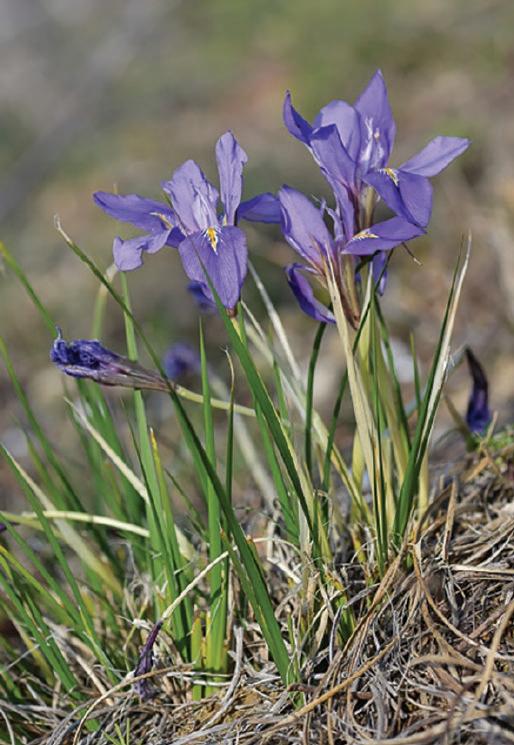

YEAR ROUND INTEREST

The annual display starts in January with the hardy little Iris Unguicularis which thrives in the alkaline soil so common in SW France. Plant a few at the bottom of a sunny wall and they will thrive in the poor ground, rewarding you with clear blue flowers in winter months and asking for very little care and attention in return. The more delicate and slightly more difficult Iris Reticulata comes along soon after and then, just a little while later when they are past their best, you have wonderful spring displays of Siberian and Marsh irises. However, the one which captures the attention of most French gardeners, both because of the spectacular range of colours and because of the ease of propagation, is the Bearded Iris or Iris Germanica which flowers in late spring. Shortly thereafter the Foetid Iris flowers. This iris acquired its name because, when crushed, the leaves smell of rotting meat (lovely). The flowers are an insignificant lilac colour and are easily missed, which can make you wonder if there’s any point in growing a smelly, uninteresting plant. The autumn holds the answer as the seed pods burst open to reveal scarlet berries which stay on the plant for weeks and brighten the dismal months at the end of the year. They are marvellous plants for difficult, shady areas where little else will grow, and they quickly spread from self-sown seeds if they are happy.
Iris Pseudacorus
Iris Unguicularis
Iris Barocco
THE BEAUTY OF THE BEARDED IRIS
In the late spring the star of the iris firmament has to be the Bearded Iris. This iris was given its name because of a beard-like ridge of fluff which grows along the centre of the falls. Bearded Irises are exceptionally easy to propagate so if you have a favourite you can share it with friends. This ease of ‘vegetative propagation’ along with selective breeding programmes, where different irises are crossed to create new colour combinations and sizes, means that there is a huge variety of Bearded Irises available and they thrive in the dry sunny conditions found throughout much of France. My own favourite is a collection of English irises bred by the artist Cedric Morris. I first became acquainted with them at Chelsea Flower Show about six years ago where they were exhibited by iris grower Sarah Cook. I have one Cedric Morris iris in my collection of irises and it is the aptly named “Susan”. Susan grows to almost a metre tall and the flowers have a subtle colouring which looks a bit as though the petals have been dipped in tea.






